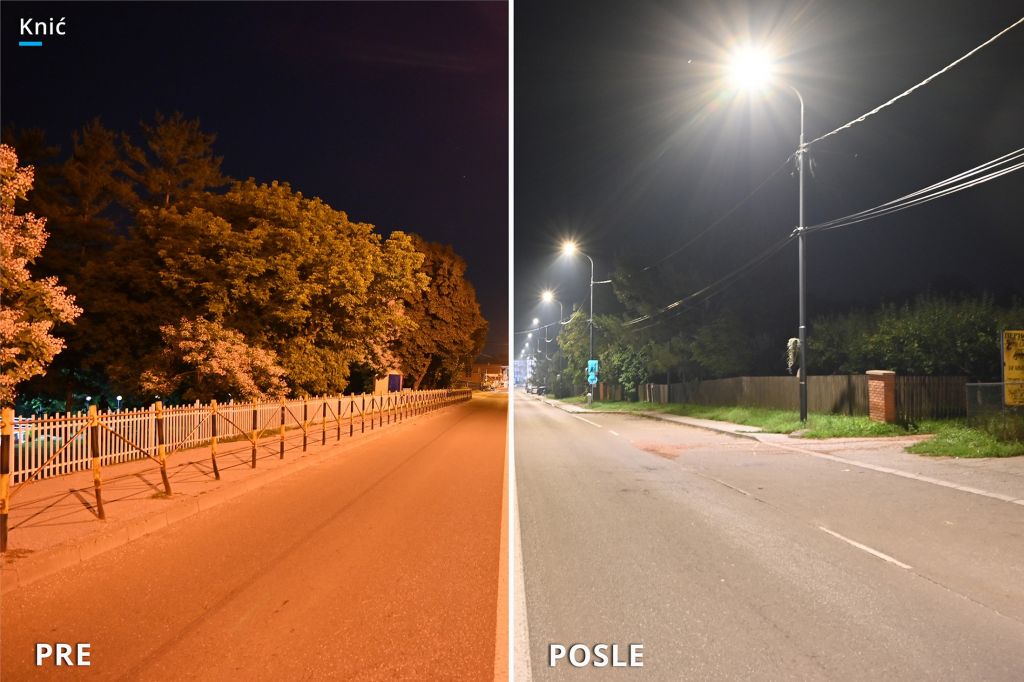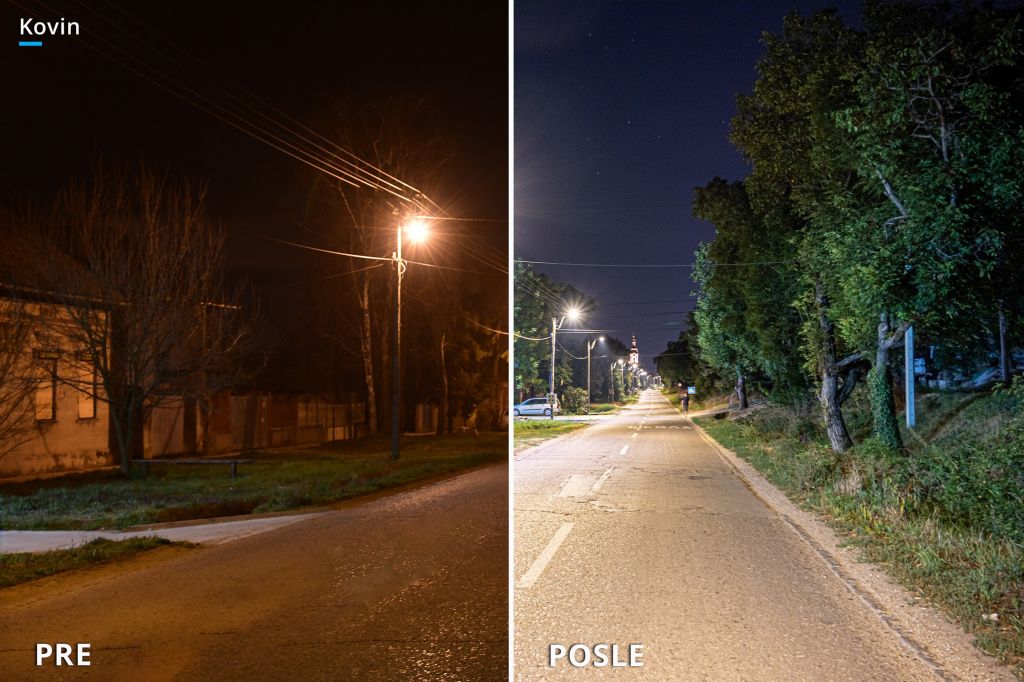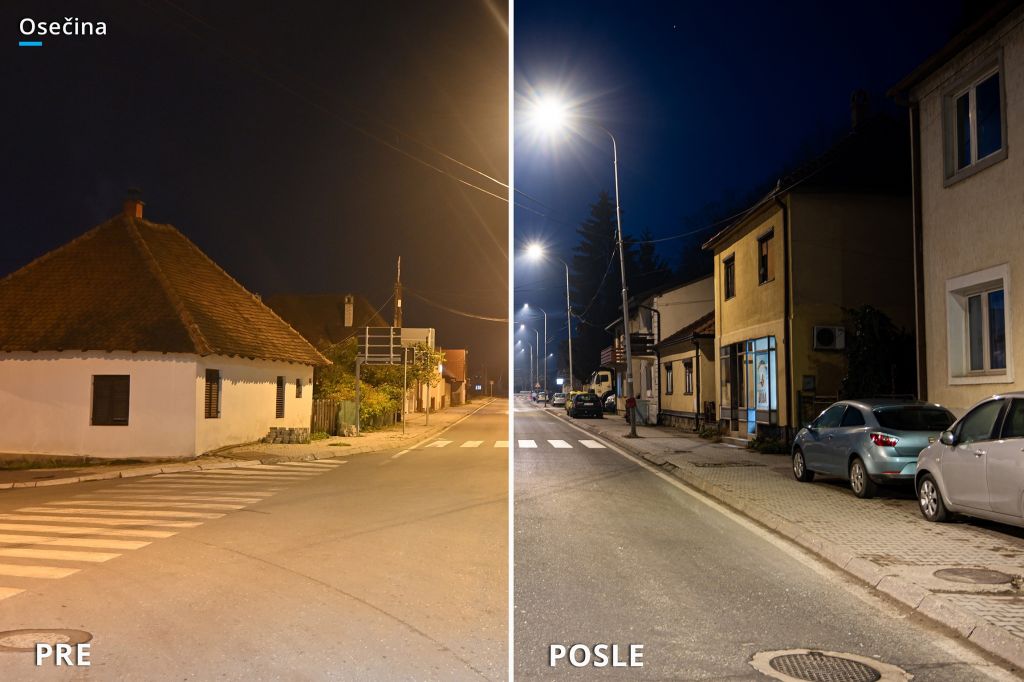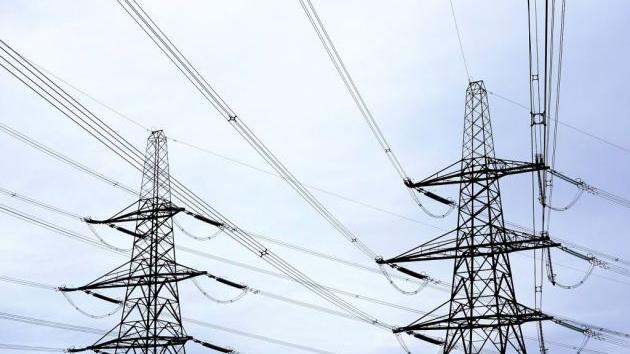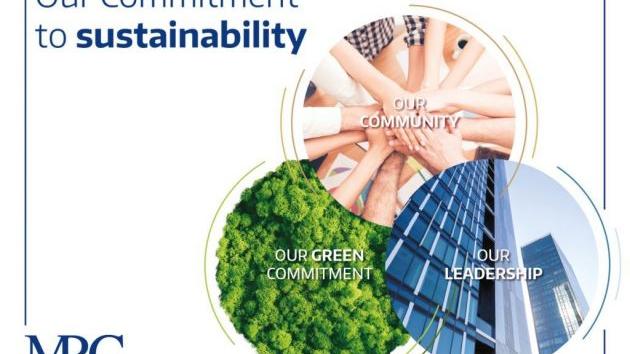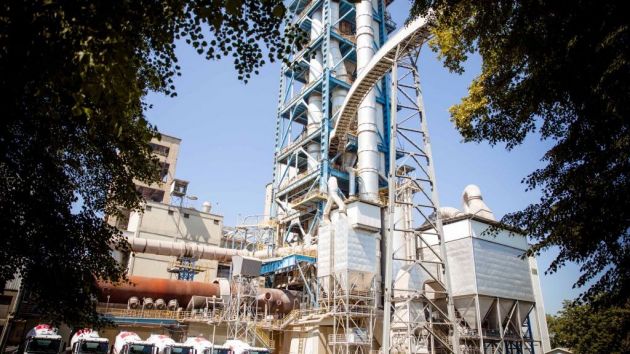Green transition – it is the only sustainable path to success
Source: eKapija
 Wednesday, 26.04.2023.
Wednesday, 26.04.2023.
 00:05
00:05
 Wednesday, 26.04.2023.
Wednesday, 26.04.2023.
 00:05
00:05
Reconstruction of public street lighting in Kikinda (Photo: Smart Energy Investment)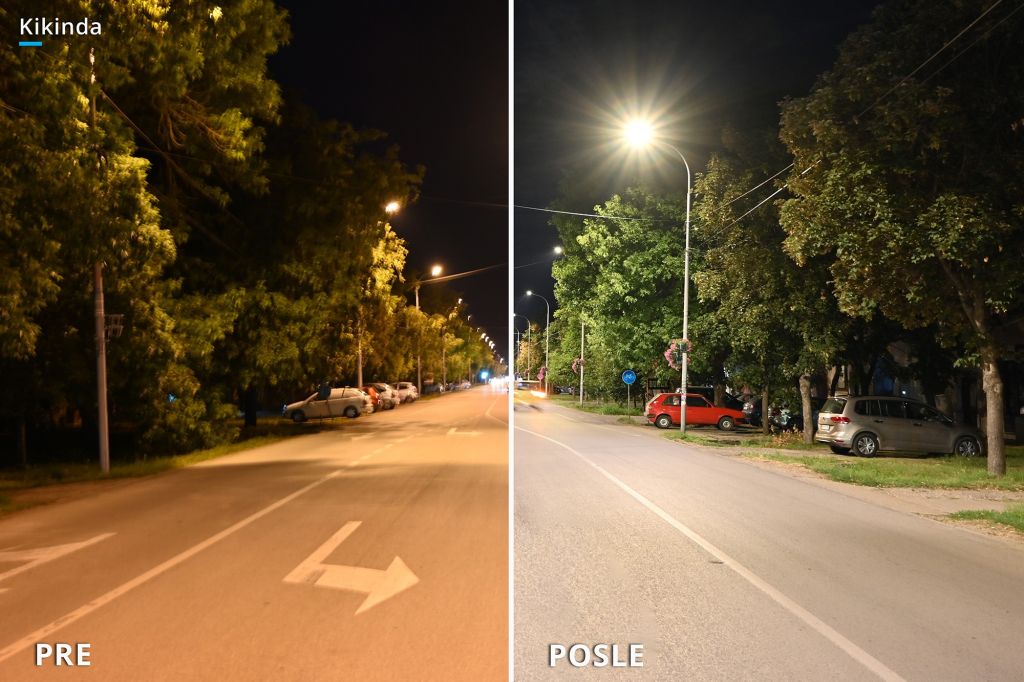

Through projects of reconstruction of public street lighting, Smart Energy Investments obtains energy savings of around 70%, contributes to environmental conservation and gains financial savings in the budgets of local self-governments in 21 projects across Serbia. Obrad Tadic, the company CEO, explains that the notion of new energy sources doesn`t usually include energy efficiency and lower consumption of energy resources.
“Green transition – road to success” or should we say “ Green transition – road to survival”? Energy is the first association, the kind of energy that comes from renewable, green sources. When we mention “energy”, what first comes to mind are the Ukraine war, energy crisis in Europe, crisis in the financial market with rising benchmark rates as well as crisis in the economy on the whole. There is an impression that the primary solution to try to overcome this challenge would be the production of renewable or green energy.
Were the laws, namely the physics law and legal rules ignored when deciding on priorities in this instance?
The law on the conservation of energy is simple and states that “energy can neither be created nor destroyed, only converted from one form of energy to another.” Would the “green” transition from one energy form to another upset other balances in nature, like non-renewable sources upset the balance and whether green sources is really unlimited, remains to be seen.
The legal framework in Serbia, similarly to the one in the EU and probably in the most of the world, treats energy efficiency as the new source of energy. However, as far as public discourse goes, the notion of new source of energy typically doesn`t include energy efficiency and lower consumption of energy resources.
The question remains whether these two different laws are enough to put energy efficiency as a top priority in the fight for energy stability. The fact that Serbia spends two-and-a-half times more electricity than the global average per unit of GDP (we believe that the data is similar in the region as well) should serve as an argument to decidedly place the reduction of energy consumption as a top priority.
(Obrad Tadic, the CEO of Smart Energy Investment)
Are we satisfied to get new energy, that came from the conversion of another type of energy or are we, as the saying goes, happier and more successful because we need less energy? This isn`t only a philosophical issue, because it isn`t hard to simulate the effects of the scenario on the society as a whole where we reduce the consumption per unit of GDP. It also isn`t hard to simulate opposite effects where we purely satisfy our needs by increasing the energy production without previously urgently reducing the energy consumption.
Production resources in the entire region that we might employ are not promising, despite the assurances that we have unlimited amount of solar, water and wind power, biomass... Developed countries have first organized and balanced the energy consumption as the primary source of green energy and then transitioned to production of energy from new sources. Apart from the said statutory basis for setting priorities, financial basis played a significant role too.
Through our experience in the projects of reconstruction of public street lighting in local self-governments, we confirmed that investing in energy efficiency is more justified than investing in renewables. These public-private partnerships are more likely to yield benefits from investments for both sides (public and private) because the construction investment operations are simpler and “new” conserved energy is readily available. Economic effect on the society are more significant. Apart from energy and financial savings, long-term qualitative outcomes such as increase in quality,comfort and safety are also achieved.
So, the methodologies that operate on “value for money” principle shift to the more advanced “value for people”principle that helps to reach Sustainable Development Goals (SDGs) faster. We gladly point out that the average price our partners pay per directly saved mWh is a bit below 90 euros. The price is fixed for the duration of the project and all expenses are included (excise taxes and fees). This is the value that they will pay less to the supplier presuming that the disregarded investment costs and free maintenance are included in the price.
This value is equivalent to the “spot “ market price lower than 70 euros per mWh. By following trends from the spot market it isn`t hard to deduce the importance of the fixed price of surplus energy that our projects provide. That energy is the new gross domestic product, derived from lower energy consumption, that can be sold at a higher price. The surplus energy is generated without building or exploiting new energy facilities and sets conditions for the product export.
Green transition – this is the only sustainable road to success, and above all, survival, that should have energy consumption at its core, because conserved energy is the best energy according to all parameters.
Are we satisfied to get new energy, that came from the conversion of another type of energy or are we, as the saying goes, happier and more successful because we need less energy? This isn`t only a philosophical issue, because it isn`t hard to simulate the effects of the scenario on the society as a whole where we reduce the consumption per unit of GDP. It also isn`t hard to simulate opposite effects where we purely satisfy our needs by increasing the energy production without previously urgently reducing the energy consumption.
Production resources in the entire region that we might employ are not promising, despite the assurances that we have unlimited amount of solar, water and wind power, biomass... Developed countries have first organized and balanced the energy consumption as the primary source of green energy and then transitioned to production of energy from new sources. Apart from the said statutory basis for setting priorities, financial basis played a significant role too.
Through our experience in the projects of reconstruction of public street lighting in local self-governments, we confirmed that investing in energy efficiency is more justified than investing in renewables. These public-private partnerships are more likely to yield benefits from investments for both sides (public and private) because the construction investment operations are simpler and “new” conserved energy is readily available. Economic effect on the society are more significant. Apart from energy and financial savings, long-term qualitative outcomes such as increase in quality,comfort and safety are also achieved.
So, the methodologies that operate on “value for money” principle shift to the more advanced “value for people”principle that helps to reach Sustainable Development Goals (SDGs) faster. We gladly point out that the average price our partners pay per directly saved mWh is a bit below 90 euros. The price is fixed for the duration of the project and all expenses are included (excise taxes and fees). This is the value that they will pay less to the supplier presuming that the disregarded investment costs and free maintenance are included in the price.
This value is equivalent to the “spot “ market price lower than 70 euros per mWh. By following trends from the spot market it isn`t hard to deduce the importance of the fixed price of surplus energy that our projects provide. That energy is the new gross domestic product, derived from lower energy consumption, that can be sold at a higher price. The surplus energy is generated without building or exploiting new energy facilities and sets conditions for the product export.
Green transition – this is the only sustainable road to success, and above all, survival, that should have energy consumption at its core, because conserved energy is the best energy according to all parameters.
Companies:
 Smart energy investment Beograd
Smart energy investment Beograd
Tags:
Smart Energy Investment
Obrad Tadic
energy efficiency
reconstruction of public street lighting
energy savings
renewable energy sources
green energy
energy stability
conserving energy
Sustainable Development Goals
special edition newsletter
Green Transition Road to Success
Comments
Your comment
Naš izbor
Most Important News
Full information is available only to commercial users-subscribers and it is necessary to log in.
Follow the news, tenders, grants, legal regulations and reports on our portal.
Registracija na eKapiji vam omogućava pristup potpunim informacijama i dnevnom biltenu
Naš dnevni ekonomski bilten će stizati na vašu mejl adresu krajem svakog radnog dana. Bilteni su personalizovani prema interesovanjima svakog korisnika zasebno,
uz konsultacije sa našim ekspertima.


 Izdanje Srbija
Izdanje Srbija Serbische Ausgabe
Serbische Ausgabe Izdanje BiH
Izdanje BiH Izdanje Crna Gora
Izdanje Crna Gora


 News
News







